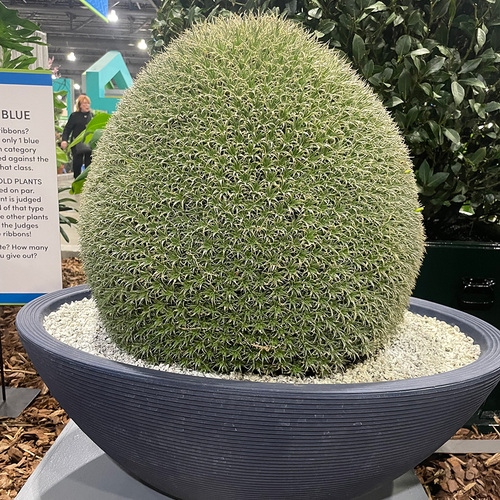Happy Friday GPODers!
Over the past few weeks I’ve been sharing some of my personal highlights from the 2025 Philadelphia Flower Show. So far, I’ve showcased various displays that caught my attention and inspired me to contemplate different aspects of gardening and garden design. If you missed any of those posts, check out: the luminous entry display (reflecting this year’s theme of Gardens of Tomorrow), Welcoming Wildlife Home (a whimsical design that was one of the Best in Show winners), and Roots with Tomorrow’s Eden (two displays that celebrated what is normally hidden underground).
Today I wanted to shift gears and explore another aspect of this annual show, the hundreds of incredible plant specimens on display. Some of these plants are displayed by various plant societies in the Philadelphia area, but most are entered by amateurs who wish to have their prize plants displayed and judged in various categories (with the hope of walking away with a blue ribbon). Below are some of the plants that not only caught my attention, but made me rub my eyes and take a closer look. They may be a little weird, unbelievable, or indescribable, but they are also all wonderful.
The first group of plants are from the Philadelphia Cactus & Succulent Society, and this little cacti was fantastic color looks like it would be right at home amongst some clowns at the circus. The star cactus (Astrophytum asterias, Zone 10–12) is also commonly called the ‘sea urchin’ cactus because some of these plants have more fuzzy dots that can make it look like an empty sea urchin without spines. This variegated version is a very rare variety.
 The next plant looks less playful and far more dangerous, which is absolutely by design. Elephant’s trunk plant (Pachypodium namaquanum, Zone 10–11) is native to Southern Africa, where is has adapted to survive in extremely arid conditions and developed a stem full of spikes to defend against hungry herbivores. As a houseplant this succulent will not grow very large, but in it’s native environment the elephant’s trunk plant can grow up to 13 feet tall!
The next plant looks less playful and far more dangerous, which is absolutely by design. Elephant’s trunk plant (Pachypodium namaquanum, Zone 10–11) is native to Southern Africa, where is has adapted to survive in extremely arid conditions and developed a stem full of spikes to defend against hungry herbivores. As a houseplant this succulent will not grow very large, but in it’s native environment the elephant’s trunk plant can grow up to 13 feet tall!
 Some things are odd at first glance, and even odder when you do your research. Believe it or not, the common name of this plant is the penis cactus (Trichocereus bridgesii var. monstrose, Zone 9–11). The straight species of this cactus (Trichocereus bridgesii) has a much more traditional shape, but the monstrose variation grows in this irregular segments that are known to form these sculptural shapes. I guess you should never judge a book by its cover, or by its name!
Some things are odd at first glance, and even odder when you do your research. Believe it or not, the common name of this plant is the penis cactus (Trichocereus bridgesii var. monstrose, Zone 9–11). The straight species of this cactus (Trichocereus bridgesii) has a much more traditional shape, but the monstrose variation grows in this irregular segments that are known to form these sculptural shapes. I guess you should never judge a book by its cover, or by its name!
 One area where cacti and succulents always win for me is their diversity, which also makes them dangerour for any plant lover who has a proclivity for collecting. African candelabra (Euphorbia ammak ‘Cristata’, Zone 9–11) is native to the Saudi Arabia peninsula, but it would feel right at home in any sci-fi movie.
One area where cacti and succulents always win for me is their diversity, which also makes them dangerour for any plant lover who has a proclivity for collecting. African candelabra (Euphorbia ammak ‘Cristata’, Zone 9–11) is native to the Saudi Arabia peninsula, but it would feel right at home in any sci-fi movie.
 Of course, cacti and succulents weren’t the only oddities on display. Mounted up next to a huge staghorn fern (Platycerium bifurcatum, Zone 9–13) was this trailing, twisting, and curling plant I had never seen before. This is a tropical plant called the keeled tassel-fern (Huperzia carinatum ‘Heatons Fine’, Zone 10–12). Despite its name, it’s technically a fern ally. These are plants that share many characteristics with ferns, but are not true ferns.
Of course, cacti and succulents weren’t the only oddities on display. Mounted up next to a huge staghorn fern (Platycerium bifurcatum, Zone 9–13) was this trailing, twisting, and curling plant I had never seen before. This is a tropical plant called the keeled tassel-fern (Huperzia carinatum ‘Heatons Fine’, Zone 10–12). Despite its name, it’s technically a fern ally. These are plants that share many characteristics with ferns, but are not true ferns.
 This beach bells (Kalanchoe manginii, Zone 10–12) is a another trailing plant that was out-of-the-norm, but absolutely enchanting. I was fascinated by the flower-laden stems that both grew up and hung down, creating a very unique shape for a flowering plant.
This beach bells (Kalanchoe manginii, Zone 10–12) is a another trailing plant that was out-of-the-norm, but absolutely enchanting. I was fascinated by the flower-laden stems that both grew up and hung down, creating a very unique shape for a flowering plant.
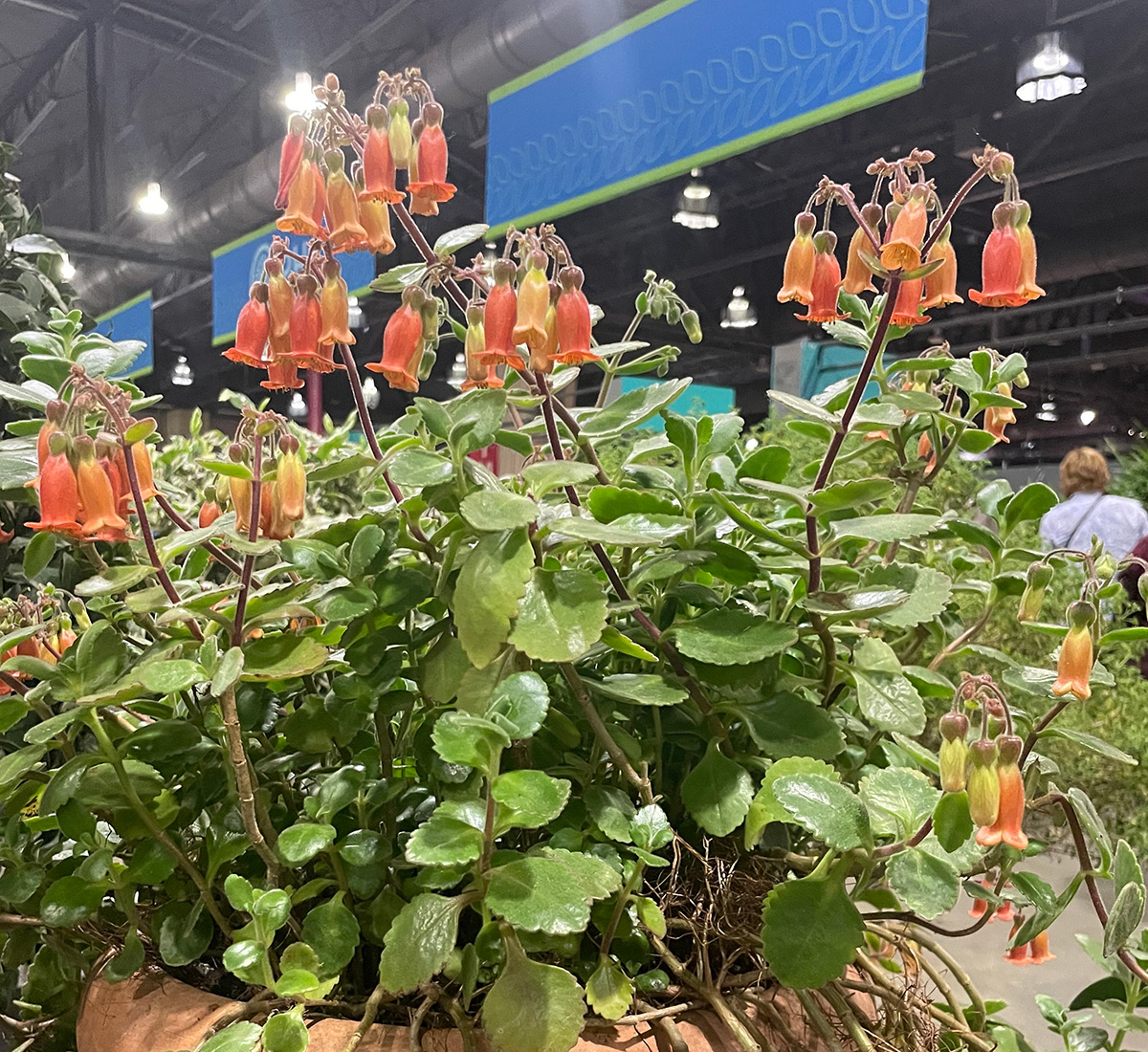 And a closer look at those pretty flowers and glossy foliage.
And a closer look at those pretty flowers and glossy foliage.
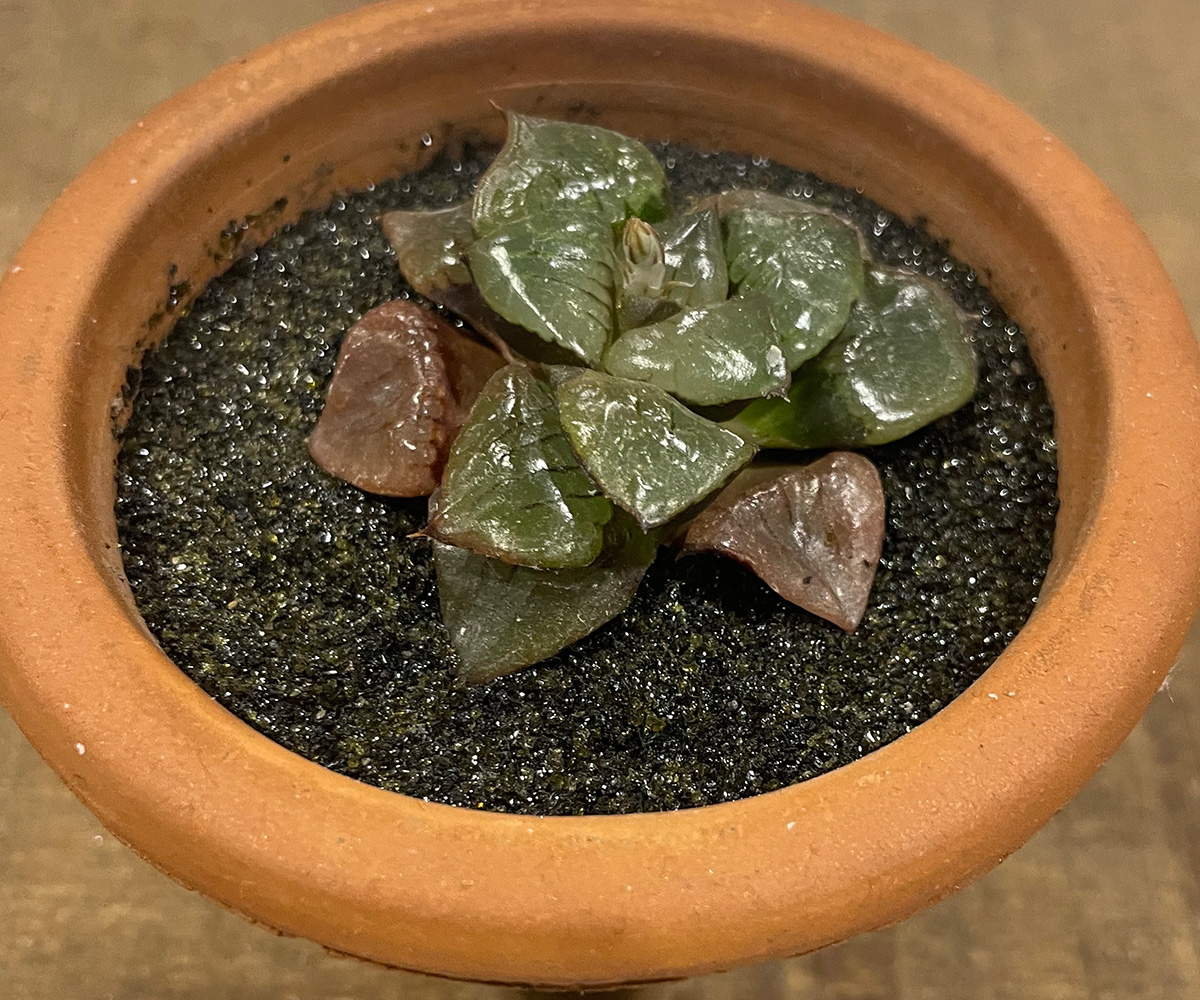 I have seen glass haworthia (Haworthia springbokvlakensis, Zone 10–12) in a few different variations before, but none ever as shiny and glossy as this. The picture does not do justice to how much this teeny tiny plant shimmered. If you walked by quickly you might have thought it just got a hardy watering, but it was completely dry.
I have seen glass haworthia (Haworthia springbokvlakensis, Zone 10–12) in a few different variations before, but none ever as shiny and glossy as this. The picture does not do justice to how much this teeny tiny plant shimmered. If you walked by quickly you might have thought it just got a hardy watering, but it was completely dry.
 If there one was odd-ball (sorry for the obvious pun!) plant that was getting all of the attention, it was this short-leaved abromeitiella (Deuterocohnia brevifolia, Zone 9–11). Native to Argentina and Bolivia, this plant grows tons of one-inch rosettes that form into these perfect mounds. In their native habitat they grow around rocks, creating amazing carpets of green. As a potted plant, and with enough patience and care, you can create a stunning shape like this.
If there one was odd-ball (sorry for the obvious pun!) plant that was getting all of the attention, it was this short-leaved abromeitiella (Deuterocohnia brevifolia, Zone 9–11). Native to Argentina and Bolivia, this plant grows tons of one-inch rosettes that form into these perfect mounds. In their native habitat they grow around rocks, creating amazing carpets of green. As a potted plant, and with enough patience and care, you can create a stunning shape like this.
 And to prove this wasn’t a one-sided plant, a view from above. Outside of topiaries and trained trees, I don’t think I’ve ever seen a plant so symmetrical well-shaped. Also, check out that blue ribbon it so rightly deserved!
And to prove this wasn’t a one-sided plant, a view from above. Outside of topiaries and trained trees, I don’t think I’ve ever seen a plant so symmetrical well-shaped. Also, check out that blue ribbon it so rightly deserved!
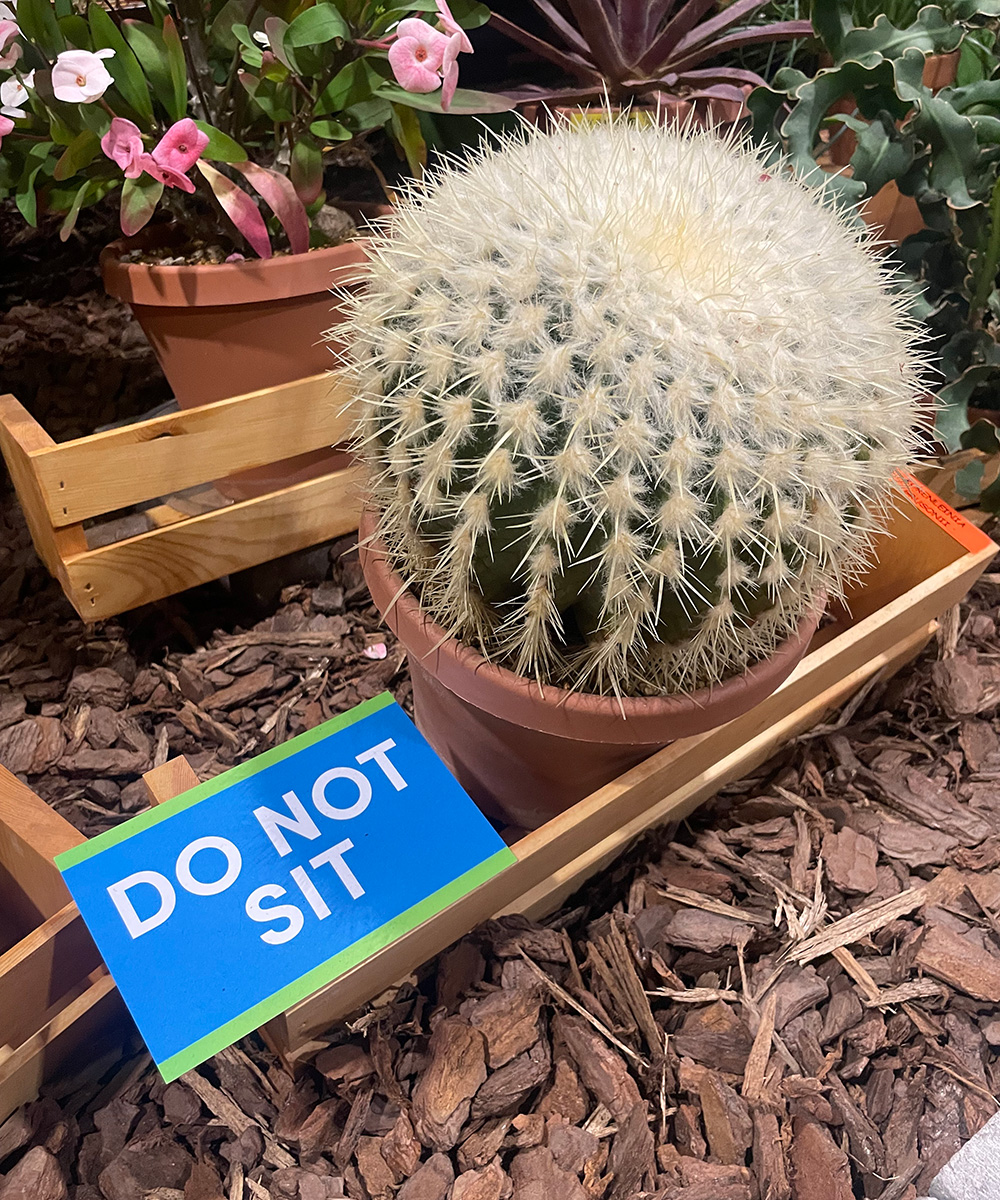 Not an oddity, but I couldn’t think of a more appropriate post for a good garden gag. If you’re in a climate where you can grow cacti outside, or if you move your cacti collection outdoors every summer, I thought this was great inspiration from some hilarious garden art!
Not an oddity, but I couldn’t think of a more appropriate post for a good garden gag. If you’re in a climate where you can grow cacti outside, or if you move your cacti collection outdoors every summer, I thought this was great inspiration from some hilarious garden art!
I hope you found these plants as interesting, eye-catching, and even humorous as I did! If you went to the Philadelphia Flower Show this year, what were some plants that stole the show for you? Let us know in the comments!
And if you have any potentially prize-winning plant specimens or rare beauties we might not be familiar with, please consider sharing them with the blog! Follow the directions below to submit photos via email, or send me a DM on Instagram: @agirlherdogandtheroad.
We want to see YOUR garden!
Have photos to share? We’d love to see your garden, a particular collection of plants you love, or a wonderful garden you had the chance to visit!
To submit, send 5-10 photos to [email protected] along with some information about the plants in the pictures and where you took the photos. We’d love to hear where you are located, how long you’ve been gardening, successes you are proud of, failures you learned from, hopes for the future, favorite plants, or funny stories from your garden.
Have a mobile phone? Tag your photos on Facebook, Instagram or Twitter with #FineGardening!
Do you receive the GPOD by email yet? Sign up here.
Fine Gardening Recommended Products
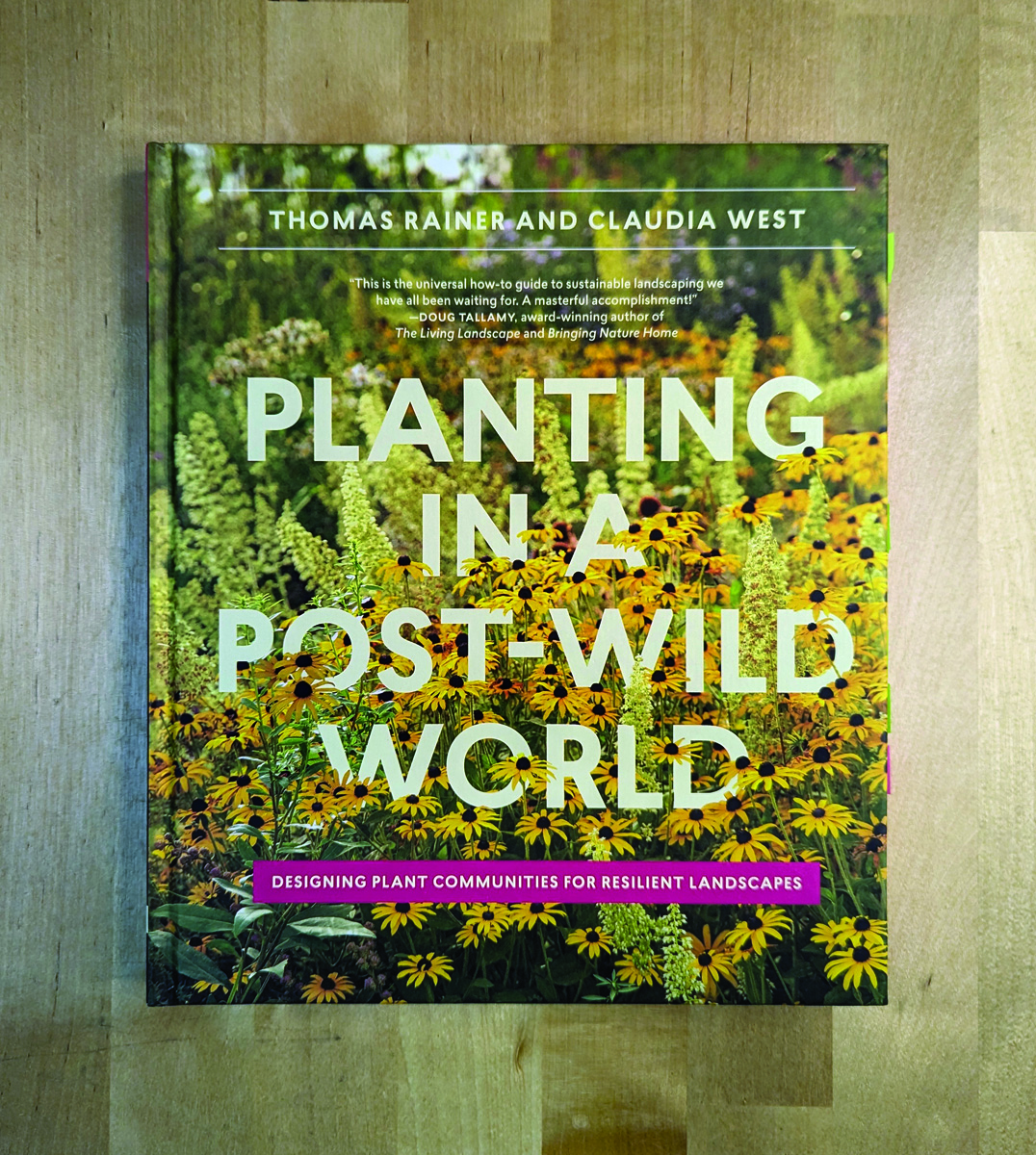
Planting in a Post-Wild World: Designing Plant Communities for Resilient Landscapes
Fine Gardening receives a commission for items purchased through links on this site, including Amazon Associates and other affiliate advertising programs.
Featuring gorgeous photography and advice for landscapers, Planting in a Post-Wild World by Thomas Rainer and Claudia West is dedicated to the idea of a new nature—a hybrid of both the wild and the cultivated—that can nourish in our cities and suburbs.
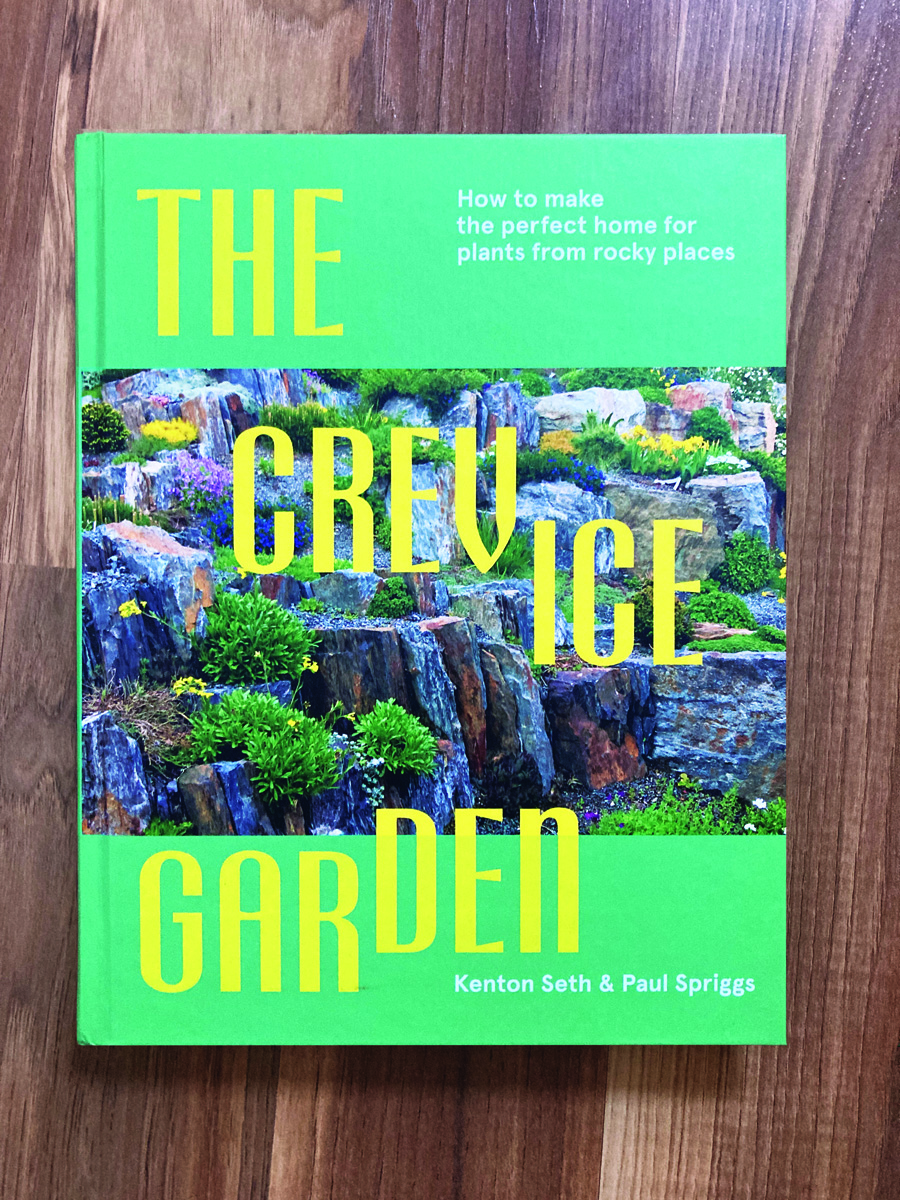
The Crevice Garden: How to make the perfect home for plants from rocky places
Fine Gardening receives a commission for items purchased through links on this site, including Amazon Associates and other affiliate advertising programs.
A crevice garden replicates the environmental conditions of mountain tops, deserts, coastlines, and other exposed or rocky places on earth. These striking garden features provide perfect conditions for the plants native to these far-off places, bringing the cultivation of these precious gems within everybody’s reach.
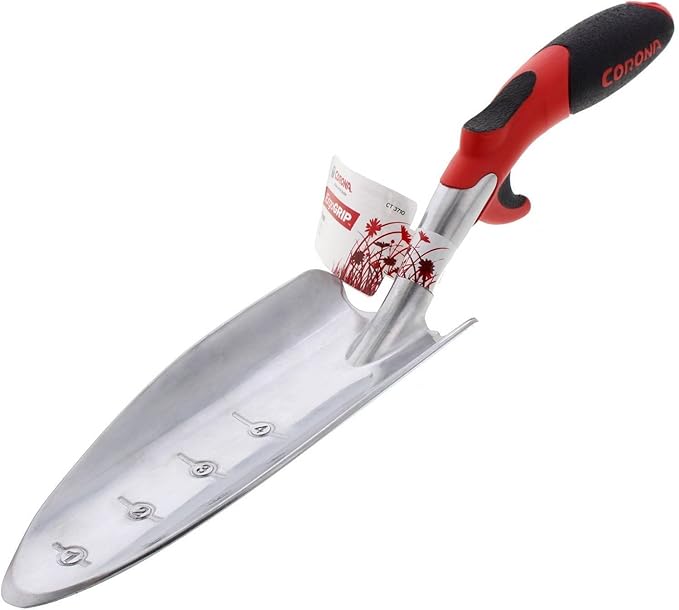
Corona E-Grip Trowel
Fine Gardening receives a commission for items purchased through links on this site, including Amazon Associates and other affiliate advertising programs.
Handle Material: Aluminum. Handle Length: 14-1/2 in. Overall Length: 14.5 in. Head Material: Aluminum. Handle Color: Red.

